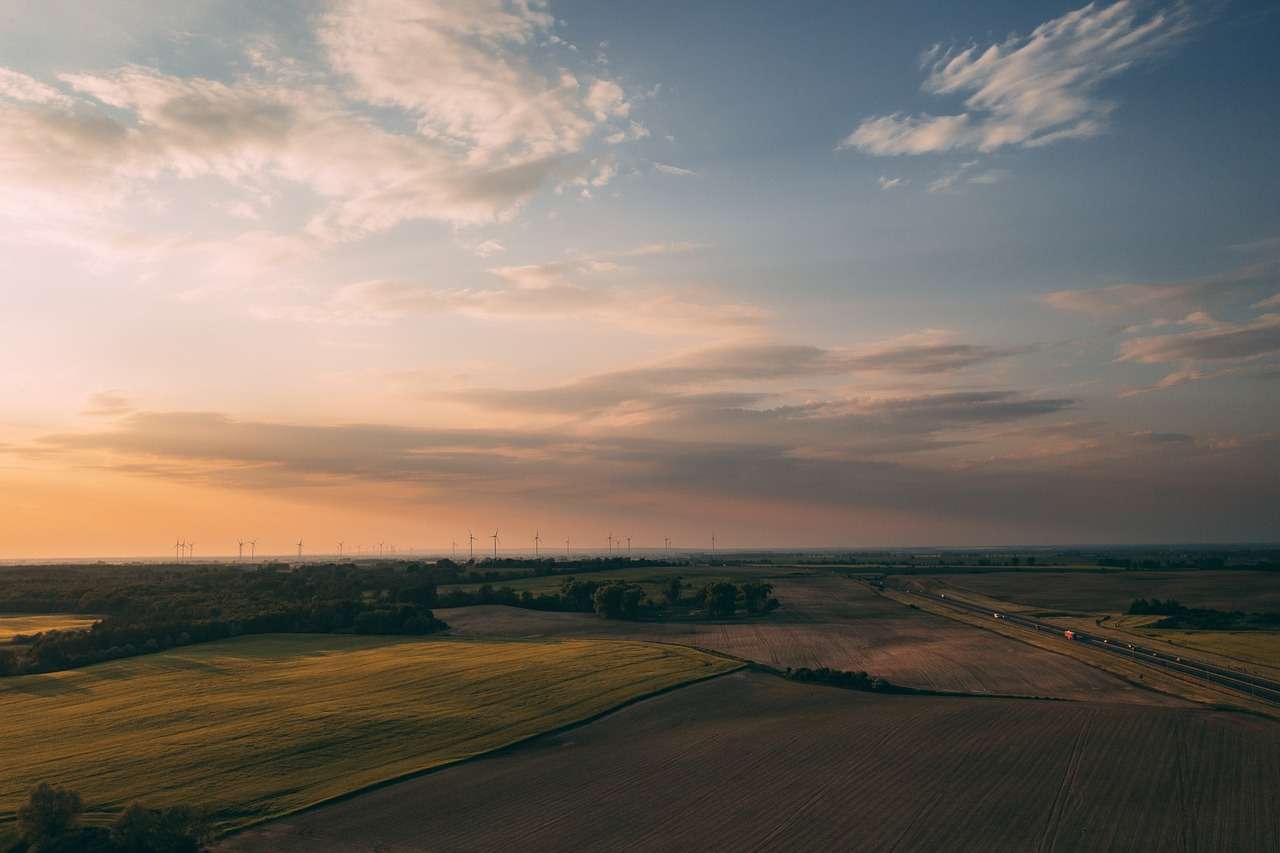Living off-grid has become a popular lifestyle choice for individuals looking to reduce their reliance on traditional energy sources and live a more self-sufficient life. But just how much does it really cost to venture into this alternative way of living? From setting up solar panels to digging your own well, there are several factors to consider when calculating the price tag of embracing off-grid living. In this article, I will explore the various expenses involved in starting your off-grid journey and provide a comprehensive overview of the costs associated with this unique lifestyle.

What is Off-Grid Living?
Off-grid living refers to a lifestyle where individuals or families live without being connected to the traditional utility grid. This means relying on self-sufficient systems for energy, water, and waste management. Living off-grid often involves living in remote locations away from established infrastructure. It may require alternative energy sources like solar or wind power, relying on rainwater for consumption, and implementing waste management systems like composting toilets. Off-grid living allows individuals to have a more self-sustaining and environmentally friendly lifestyle, reducing their dependence on fossil fuels and conventional utilities.
Factors to Consider
Location
When considering off-grid living, the first factor to consider is the location. Choosing the right location is crucial as it will determine the availability of natural resources such as sunlight for energy generation, access to water sources, and the feasibility of waste management systems. Some individuals prefer the tranquility and isolation of remote locations, while others may want to be closer to towns or cities for access to amenities or possible employment opportunities.
Size of Property
The size of the property is another important factor to consider. Off-grid living often requires more space for accommodating alternative energy systems, water storage tanks, waste management systems, and additional structures such as greenhouses or garden plots. It is essential to determine how much space is needed to comfortably live off-grid while considering the long-term plans and potential expansion.
Energy Source
An off-grid energy source is a crucial consideration. Solar power is one of the most popular options for off-grid electricity generation. It harnesses energy from the sun through solar panels and stores it in batteries for use during periods of low sunlight or at night. Other alternative energy sources include wind turbines, micro-hydro systems, or a combination of multiple sources for a more reliable and stable power supply.
Water Source
Access to a reliable water source is vital for off-grid living. This could be a natural water source like a river or spring, or by harvesting rainwater from rooftops. Water storage tanks are used to collect and store rainwater for daily consumption and other domestic needs. It is essential to ensure the quality and availability of water, especially during dry seasons or in areas with limited rainfall.
Waste Management
Off-grid living also requires careful consideration of waste management systems. Conventional sewage systems are not an option in remote locations, so alternative methods such as composting toilets or septic systems must be implemented. Composting toilets compost human waste into a safe and usable form of fertilizer, while septic systems use bacteria to break down waste in a contained underground tank.
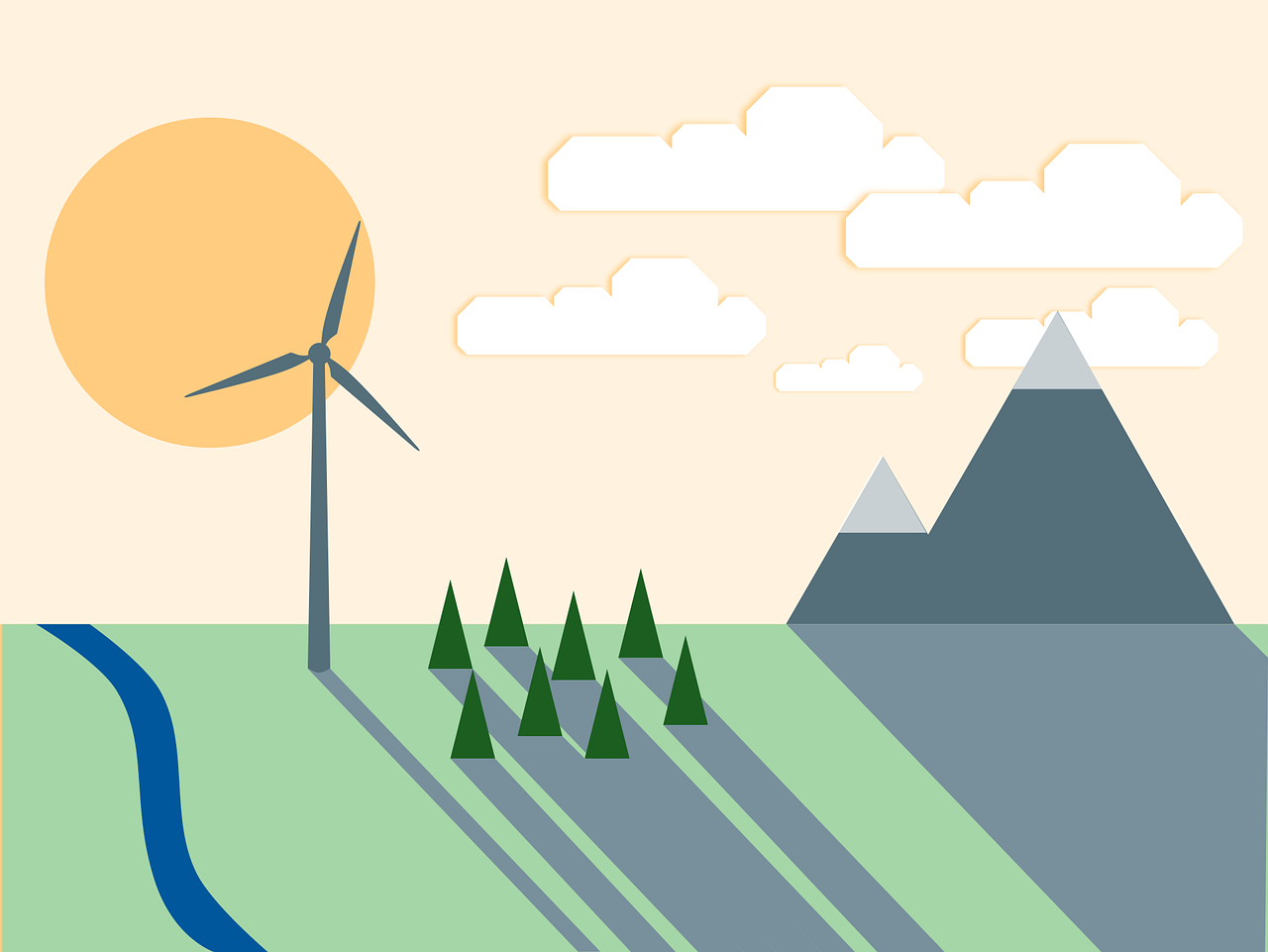
Cost Breakdown
Whether you’re considering an off-grid lifestyle or planning to transition to one, understanding the associated costs is crucial. Here is a breakdown of the key expenses you may encounter:
Land Purchase
The cost of purchasing land can vary significantly depending on location, size, and availability of resources. Remote or off-grid locations may offer more affordable land options, but access to amenities and services may be limited. It is essential to research and find a property that meets your needs and budget.
Solar Power System
The cost of a solar power system will depend on the energy needs of your off-grid home. This includes the number and size of solar panels, battery storage capacity, and inverter systems. The initial investment in solar power can be substantial, but over time it can provide significant cost savings by reducing or eliminating monthly electricity bills.
Water System
Creating a reliable off-grid water system involves the installation of water storage tanks, pipes, and filtration systems. The cost will depend on the size of the tanks, the materials used, and the complexity of the system. Rainwater harvesting systems may require additional equipment such as gutters and filters to collect and purify rainwater.
Waste Management System
Implementing a waste management system, such as a composting toilet or septic system, is essential for off-grid living. The cost will vary depending on the chosen system and its installation requirements. Composting toilets tend to be more affordable, while septic systems may require excavation and professional installation.
Rainwater Harvesting System
For off-grid living, rainwater harvesting is a great way to ensure a reliable water supply. The cost of a rainwater harvesting system will depend on the size of the property and the expected water usage. It includes the installation of gutters, downspouts, filters, and storage tanks.
Construction Materials and Labor
Building an off-grid home requires careful consideration of construction materials and labor costs. Opting for sustainable and eco-friendly materials, such as straw bales or reclaimed wood, can help reduce expenses. However, labor costs might be higher if specialized knowledge or skills are required for unconventional construction methods.
Additional Structures
Additional structures like greenhouses, sheds, or storage buildings may be necessary for off-grid living. These structures will incur additional costs for materials, labor, and any necessary permits or legal fees.
Permits and Legal Fees
Depending on the location and local regulations, obtaining permits and legal fees for off-grid living may be required. This is an essential step to ensure compliance with building codes and zoning restrictions. It is essential to research and budget for any associated fees or requirements that may arise.
Household Items and Appliances
When transitioning to off-grid living, it is crucial to consider the cost of new household items and appliances that are compatible with your chosen off-grid systems. This includes appliances that are energy-efficient and designed to operate on alternative energy sources.
Maintenance and Repairs
Off-grid living requires ongoing maintenance and occasional repairs to the various systems in place. It is essential to budget for these expenses to ensure the long-term sustainability and functionality of your off-grid lifestyle.
Alternative Off-Grid Living Options
Off-grid living does not necessarily mean building a traditional house from scratch. There are alternative options that provide more flexibility and affordability. Here are a few alternatives worth considering:
Mobile Tiny Homes
Mobile tiny homes have gained popularity in recent years for off-grid living. These compact, often self-built homes on wheels provide the flexibility to move from one location to another while still enjoying the benefits of off-grid living. Mobile tiny homes are an excellent option for individuals or couples seeking a simpler, more minimalist lifestyle.
Container Homes
Another alternative off-grid living option is converting shipping containers into homes. This option allows for a durable and affordable housing solution. With enough modifications, container homes can be equipped with alternative energy systems, water storage, and waste management systems.
Earthship Homes
Earthship homes are unique and innovative off-grid dwellings constructed using natural and recycled materials such as tires, bottles, and adobe. They are designed to be self-sufficient with passive solar heating, rainwater harvesting, and on-site food production. Earthship homes provide a sustainable and eco-friendly off-grid living solution.
Converted Vans or RVs
For those seeking a more nomadic off-grid lifestyle, converting vans or RVs into livable spaces can be an excellent option. These vehicles can be equipped with alternative energy systems, water storage tanks, and other off-grid amenities. This option allows for the freedom to explore different locations while still enjoying the comforts of off-grid living.
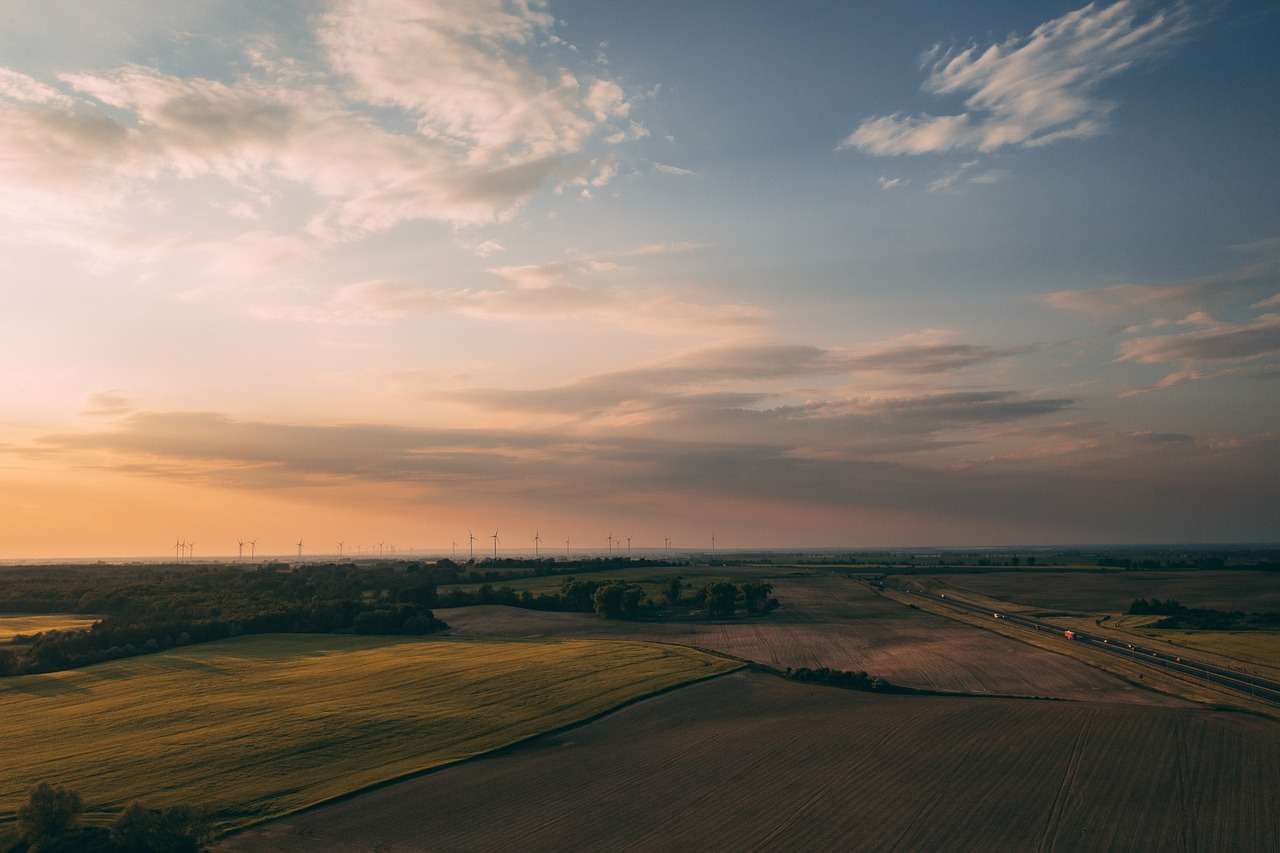
Ways to Cut Costs
Living off-grid can be expensive initially, but there are ways to cut costs and make the transition more affordable. Here are some strategies to consider:
DIY Projects
Taking on do-it-yourself (DIY) projects can significantly reduce costs. Learning basic construction skills and doing the work yourself can save money on labor expenses. Additionally, learning to maintain and repair off-grid systems can also save on professional services in the long run.
Utilize Recycled Materials
Incorporating recycled materials into your off-grid home can be both cost-effective and environmentally friendly. Reclaimed wood, salvaged windows, and repurposed materials can be used to build structures or create unique design elements. It’s an excellent way to reduce the overall cost of construction while adding character to your off-grid home.
Utilize Natural Resources
Maximizing the use of natural resources can also help reduce costs. For example, utilizing passive solar design principles can help reduce the need for excessive heating and cooling systems. Planting windbreaks or using wind turbines can provide natural wind protection and harness wind energy. By harnessing the power of nature, you can minimize your reliance on expensive energy sources.
Shared Living Spaces
Sharing off-grid living spaces with like-minded individuals or families can significantly reduce costs. Cooperative living arrangements allow for the pooling of resources and shared expenses, making off-grid living more accessible and financially sustainable. It also fosters a sense of community and shared responsibilities.
Financing Options
Transitioning to off-grid living may require a significant upfront investment, but there are various financing options available to make it more affordable. Here are some potential avenues to consider:
Savings and Investments
Using personal savings or investments can be a viable option to fund your off-grid lifestyle. It allows you to avoid debt and reduces the financial burden associated with financing options that involve interest payments.
Loans and Mortgages
Traditional loans or mortgages can be obtained to finance an off-grid property or construction. However, it’s essential to explore lenders who specialize in off-grid properties, as they may have specific requirements and terms tailored to this unique type of living.
Crowdfunding
Crowdfunding platforms provide an opportunity to raise funds from a community of supporters who believe in your off-grid lifestyle. By sharing your story and vision, you can generate financial support from individuals who resonate with your goals and values.
Government Grants and Incentives
Some governments offer grants, tax credits, or incentives to individuals adopting off-grid living and sustainable practices. Research local and national programs that encourage renewable energy adoption or sustainable housing initiatives. These grants and incentives can help offset the initial costs of off-grid living.
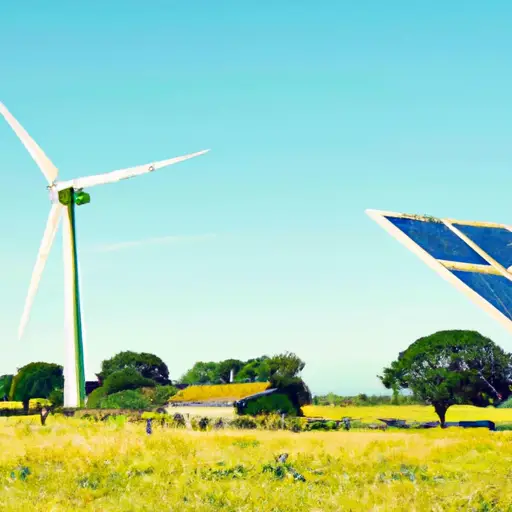
Benefits of Off-Grid Living
While off-grid living comes with its challenges and costs, it offers numerous benefits that can make it a worthwhile lifestyle choice. Here are some of the key advantages:
Self-sufficiency
One of the most significant benefits of off-grid living is the ability to be self-sufficient. By generating your own energy, collecting and storing your own water, and managing waste on-site, you become less reliant on external resources and systems. This sense of self-sufficiency provides a greater sense of independence and resilience.
Environmental Friendliness
Off-grid living is inherently environmentally friendly. By relying on alternative energy sources like solar or wind, you reduce or eliminate your carbon footprint. Rainwater harvesting and sustainable waste management systems help conserve precious resources and minimize environmental impact. Off-grid living allows individuals to live in harmony with nature while reducing their ecological footprint.
Reduced Cost of Living
While the upfront costs of off-grid living can be significant, it can lead to long-term savings. By generating your own energy and collecting rainwater, you can significantly reduce or eliminate utility bills. Growing your own food and practicing sustainable living can also lead to reduced grocery bills. Over time, these cost-saving measures can make off-grid living more affordable than conventional living.
Increased Resilience
Off-grid living fosters resilience in the face of natural disasters or disruptions to conventional utility systems. During power outages or water shortages, off-grid homes can continue to operate independently. This resilience provides peace of mind, knowing you are not dependent on external infrastructure in times of crisis.
Challenges of Off-Grid Living
While off-grid living offers many advantages, it is important to be aware of the challenges that may arise. Here are some common challenges associated with off-grid living:
Initial Costs
The initial costs of transitioning to off-grid living can be prohibitively high for some individuals. Investing in alternative energy systems, water systems, and waste management systems requires a significant upfront investment. It is crucial to carefully plan and budget for these expenses to ensure a successful transition to off-grid living.
Limited Access to Utilities
Living off-grid means foregoing the convenience and reliability of conventional utilities. Access to amenities such as electricity, water, and waste disposal may be limited or require alternative methods. It is essential to evaluate your lifestyle and determine if you are comfortable with the potential limitations and adjustments that come with off-grid living.
Maintenance and Repairs
Off-grid living requires ongoing maintenance and occasional repairs to the various systems in place. Alternative energy systems, water systems, and waste management systems will require periodic upkeep. It is essential to have the necessary knowledge and skills or access to professionals who can assist with maintenance and repairs.
Social Isolation
Living off-grid often means living in remote or secluded locations, which can lead to social isolation. Limited access to amenities, services, or a lack of nearby neighbors can be challenging for individuals who thrive on social interaction. It is crucial to consider the potential impact of social isolation and develop strategies to mitigate it, such as embracing online communities or actively seeking out like-minded individuals.
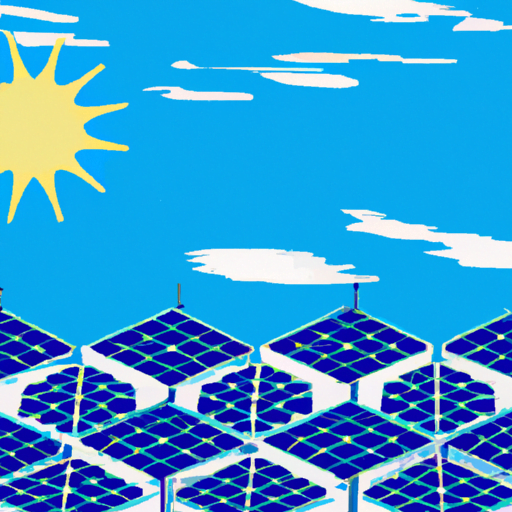
Conclusion
Off-grid living provides individuals and families with the opportunity to live a more self-sufficient, environmentally friendly, and cost-effective lifestyle. While there are significant upfront costs and challenges associated with off-grid living, the benefits of self-sufficiency, reduced impact on the environment, and increased resilience make it a compelling lifestyle choice for many. By carefully considering factors such as location, energy and water sources, waste management systems, and financing options, individuals can make the transition to off-grid living successfully and enjoy the freedom and sustainability it offers.

